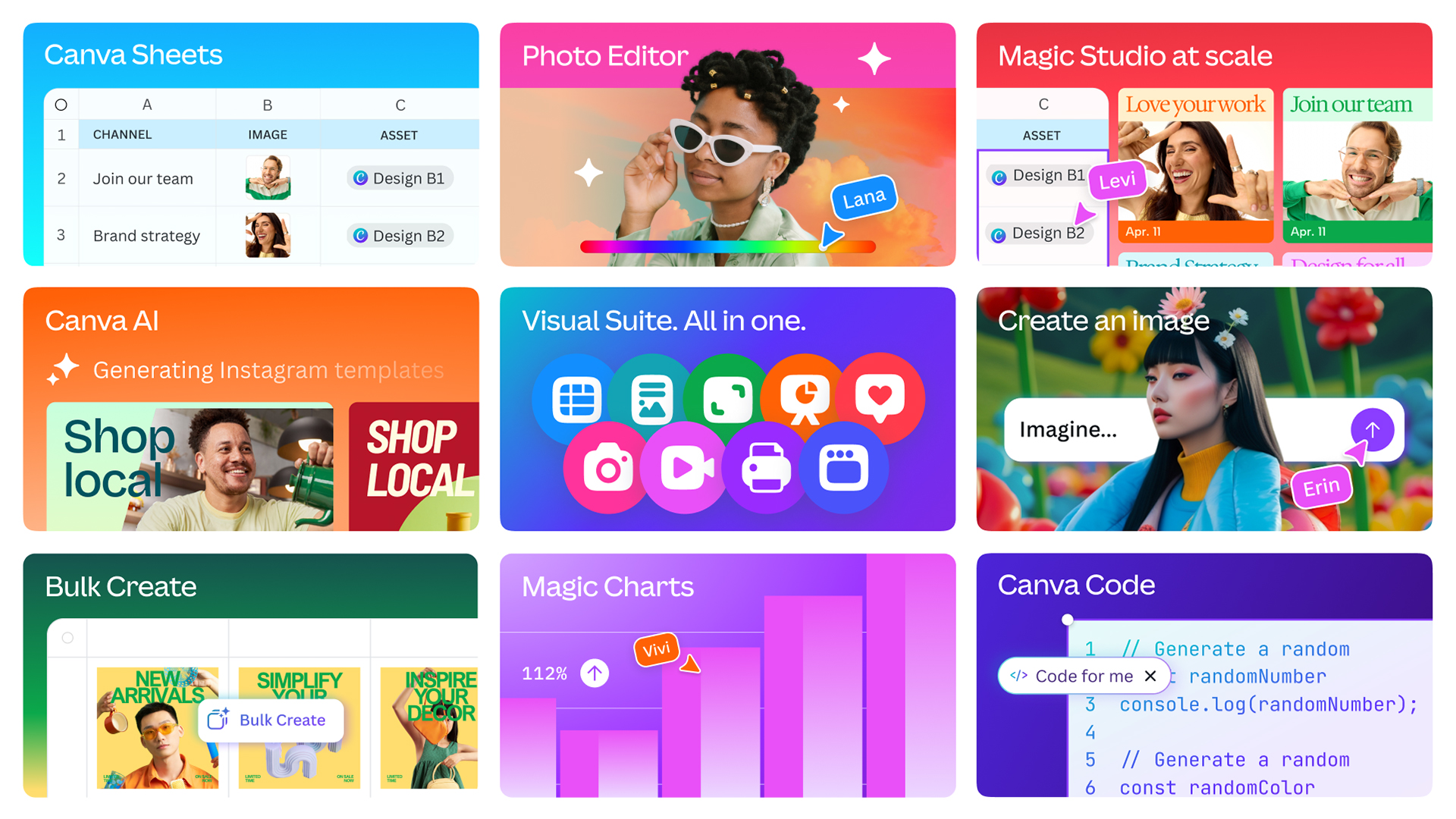"Blockbuster VFX on a streaming budget": How Netflix's The Manhattan Alien Abduction was created
The team channelled Kubrick and Spielberg to create stunning retrofuturism.
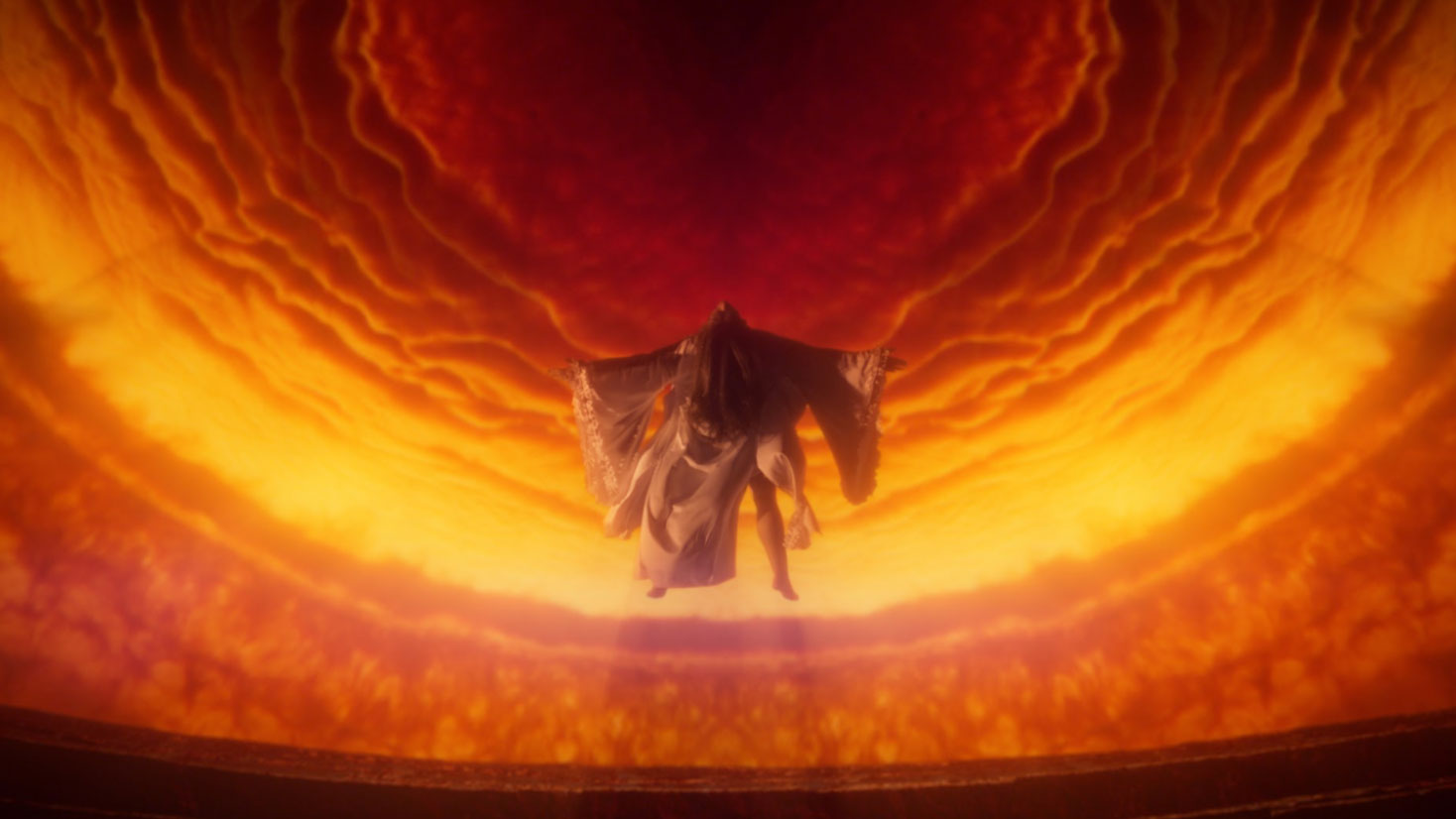
New York housewife Linda Napolitano was living a normal life up until she claimed to be abducted by aliens from her 12th-floor New York apartment in November 1989. The three-part Netflix docuseries The Manhattan Alien Abduction follows her captivating story, with Linda as its main narrator.
As unbelievable as the tale itself sounds, the production team at Story Films wanted the series to explore Linda’s experience. “The premise is less about the paranormal, and more about the belief system surrounding it,” says Dan Vernon, Series Director. “The aim is to focus on people whose lives have been changed by these events.”
VFX played a critical role in the recreation of 1980s Manhattan. Studio Lux Aeterna worked closely with series directors Dan Vernon and Vivienne Perry, and DoP Tim Cragg to deliver a spectacle that simultaneously felt realistic yet futuristic for the time. Over 45 shots were created by the studio–with a close collaboration between CG and compositing teams (using a pro version of one of the best animation software options we expect).
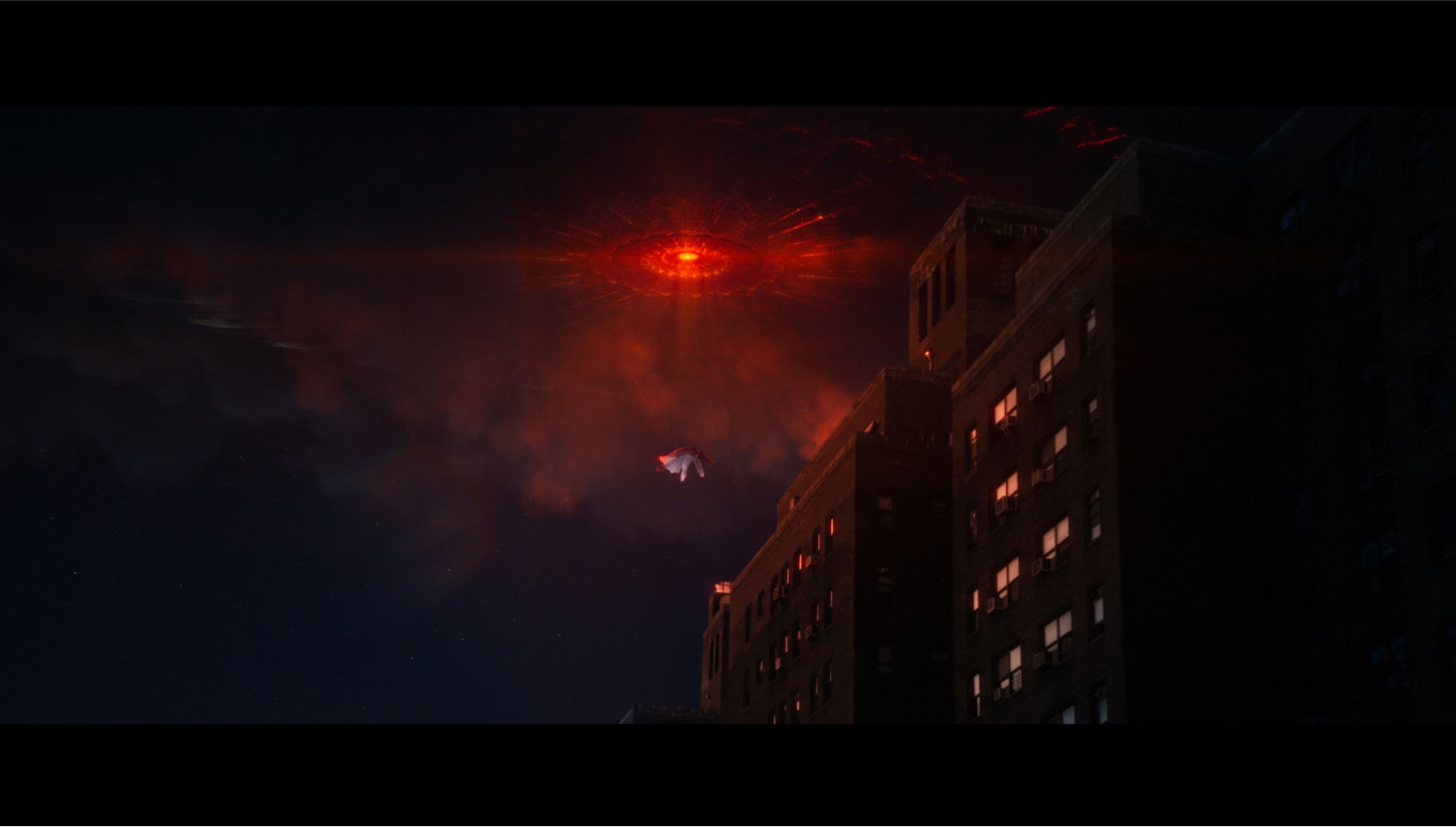
On receiving the brief from Vernon, the Lux Aeterna team’s interests were piqued, according to Creative Director, Rob Hifle. “Naturally, we’re all big sci-fi fans and many of us grew up against the backdrop of the 1980s,” explains Hifle. “It turned into a real passion project with us referencing classics from Aliens to Independence Day. It was a blast from the past!”
Recreating dreamlike tech-noir sequences
Linda’s alien abduction took place in a groundbreaking era for blockbuster films and the sci-fi genre. The production team took advantage of this by taking inspiration from Kubrick and Spielberg’s in-camera techniques and early-SFX cloud tanks – the process of using water and ink to create cloudlike overlays.
“I wanted to create a graphic, archival feel in the confessional shots,” explains Tim Cragg, Director of Photography. “That’s why I used the ARRI Mini LF and Cooke FF anamorphic lenses – to create a retro look.” These visuals acted as a baseline for Lux Aeterna’s work on the series, building the VFX to blend seamlessly with the principal photography.
The cloud tank references in particular inspired the VFX team, leading them to license assets from renowned artist Chris Parks. “Chris’ visuals were the perfect fit for the show,” says Tav Flett, Lux Aeterna’s Compositing Supervisor. “These techniques have roots in classic fantasy cinema, so it’s a pleasure to re-use them in this contemporary format.” Chris’ visuals were recreated in Houdini to provide dynamic movement and 3D layering, bringing a traditional technique to the forefront of a modern production.
Get the Creative Bloq Newsletter
Daily design news, reviews, how-tos and more, as picked by the editors.

“A large portion of the cloud tank work was applied to the abduction scene,” continues Flett. In this, Linda floats above her apartment block while being beamed up to the spaceship. “We overlaid the textures onto a New York backplate, which was shot by Story Films using a drone.” Linda was recorded in-studio using green and blue screens, which involved on-set wire removal from Hifle and Flett.
Visualising an 80s spacecraft
With a lot of room to experiment, Lux Aeterna tested multiple iterations of the spaceship during look dev. “UFOlogist Bud Hopkins conducted interviews with various witnesses whose descriptions helped us greatly,” says Flett. “Dan and the production team also wanted the spacecraft to take inspiration from the1996 film Independence Day, so we had plenty of references.”
However, the team only settled on the final image when one eyewitness of Linda’s abduction described the UFO as a ‘classic shape’. Lux Aeterna took this concept and decided to retain its retro feel, but added a contemporary VFX technique to spark interest in modern audiences.
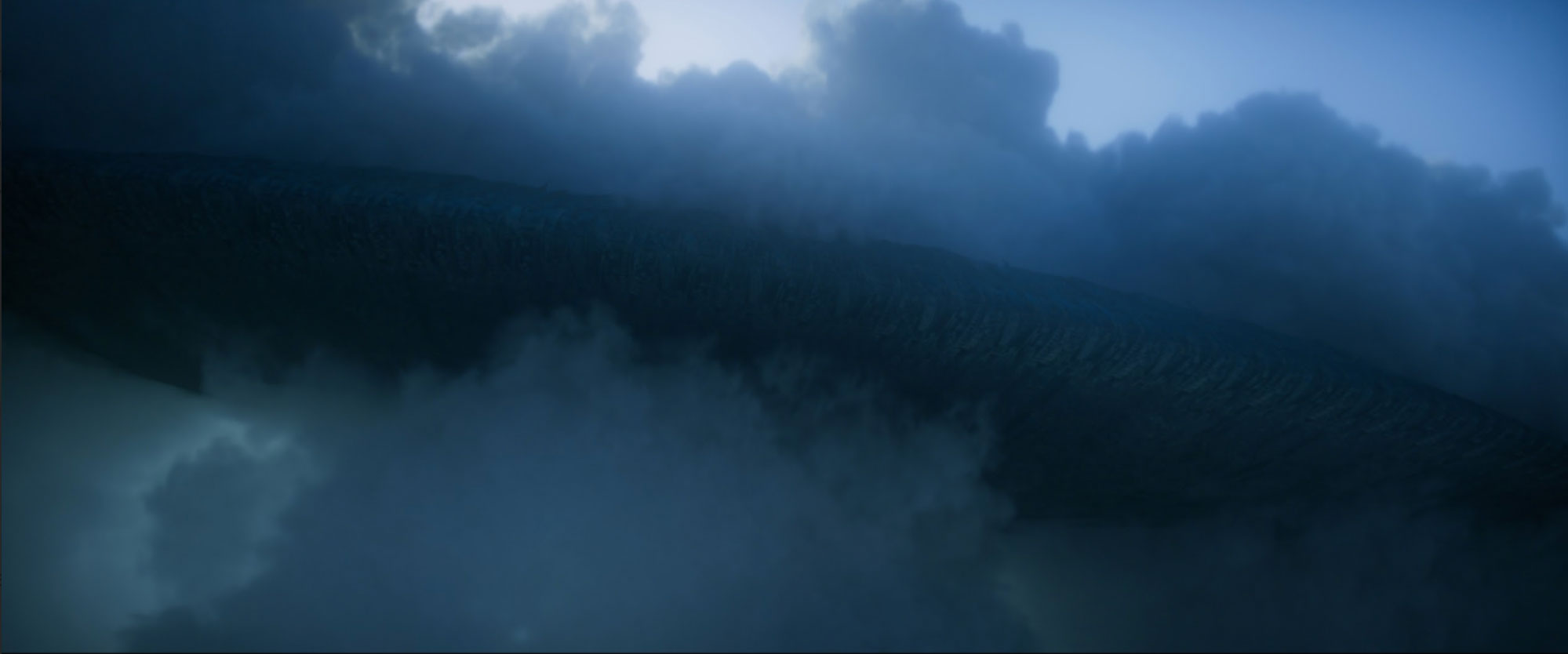
The spaceship rendering utilised light groups to maximise control over integration within the composites. Adapting a technique originally developed at a previous studio, the team was able to save time and simplify the workflow by rendering a single set of global AOVs. These AOVs could then be subtracted from specific light groups, providing precise control over material properties during compositing. This approach significantly reduced the number of layers required and was incorporated into a custom gizmo, streamlining the process for compositing artists.
“We wanted maximum control over the compositing of the spaceship,” explains Flett, “So we used light groups to create the most impactful lights and shadows.” This careful construction resulted in a visually striking and intimidating UFO, perfectly mirroring the eyewitness accounts of paranormal experiences.
Blockbuster VFX on a streaming budget
Creating entire assets from scratch like the spacecraft is no mean feat, especially when working on a streaming project. But the studio managed these expectations by using a cross-CPU render solution and machine learning to assist manual, creative work. “This workflow allowed the team to cut down 60-70% of rendering time,” says Hifle. “We can get quick and efficient results without sacrificing quality.”
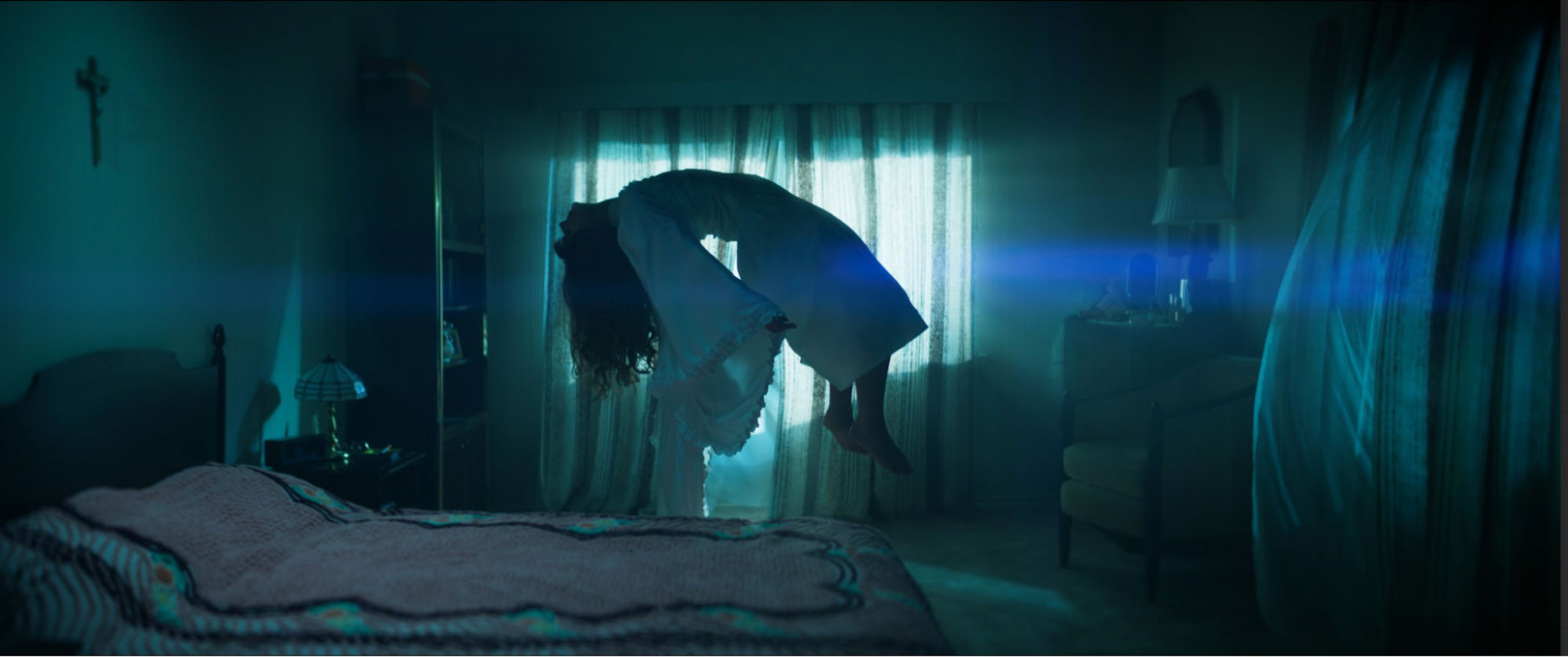
“Our experience from working on nature documentaries has definitely played into these current skills,” says Flett. “It cemented that we can create high-end shots for any budget, no matter the genre.” Lux Aeterna also provided archival-style newspaper clippings and maps of Manhattan to complement the storyline.
“It was a pleasure to have such a level of insight into The Manhattan Alien Abduction,” concludes Rob. “It enabled us to showcase our strongest talents: creating innovative CG art, and helping the entire production team achieve the best results possible.”
To find out more about Lux Aeterna, see our Inside Lux Aeterna feature. And if you're creating, see our pick of the best 3D modelling software.

Thank you for reading 5 articles this month* Join now for unlimited access
Enjoy your first month for just £1 / $1 / €1
*Read 5 free articles per month without a subscription

Join now for unlimited access
Try first month for just £1 / $1 / €1
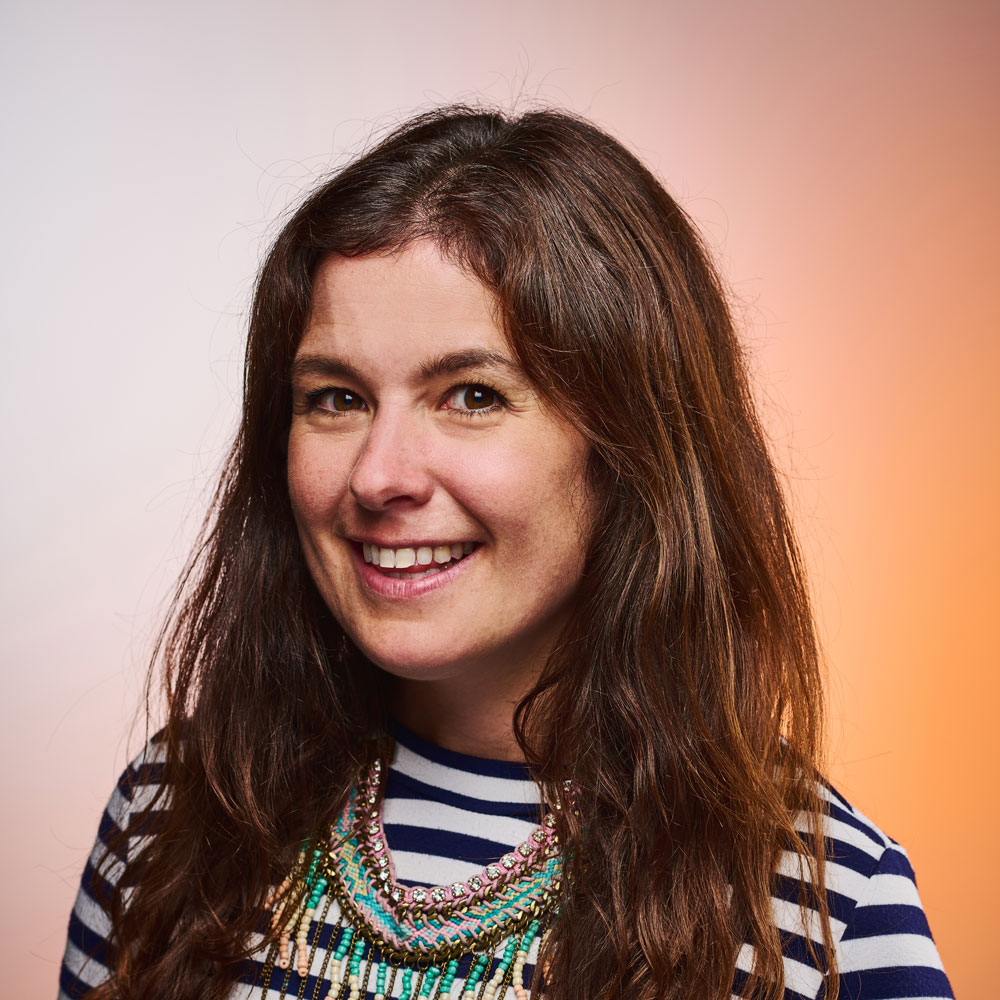
Georgia is lucky enough to be Creative Bloq's Editor. She has been working for Creative Bloq since 2018, starting out as a freelancer writing about all things branding, design, art, tech and creativity – as well as sniffing out genuinely good deals on creative technology. Since becoming Editor, she has been managing the site and its long term strategy, helping to shape the diverse content streams CB is known for and leading the team in their own creativity.
You must confirm your public display name before commenting
Please logout and then login again, you will then be prompted to enter your display name.
